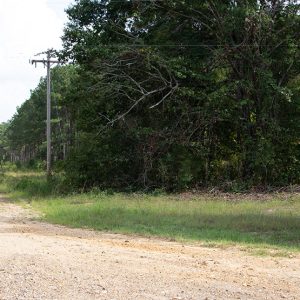 ArborGen Nursery
ArborGen Nursery
Entry Category: Nevada
 ArborGen Nursery
ArborGen Nursery
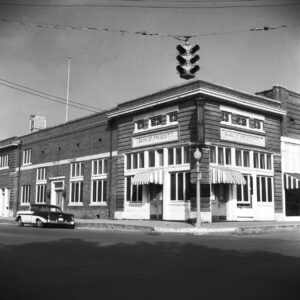 Bank of Prescott
Bank of Prescott
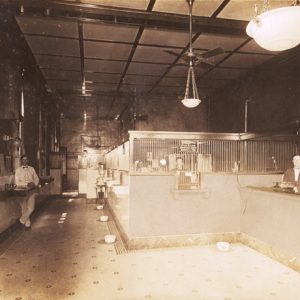 Bank of Prescott
Bank of Prescott
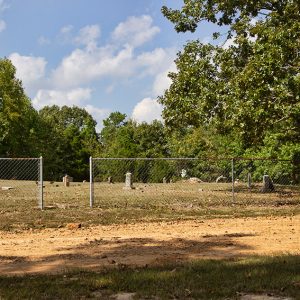 Bethel Cemetery
Bethel Cemetery
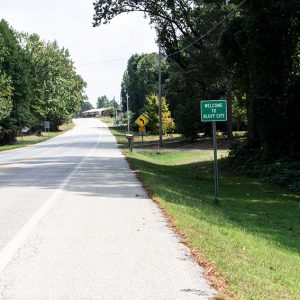 Bluff City
Bluff City
Bluff City (Nevada County)
 Bluff City Cemetery
Bluff City Cemetery
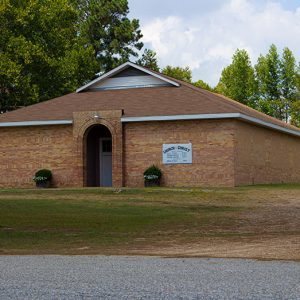 Bluff City Church of Christ
Bluff City Church of Christ
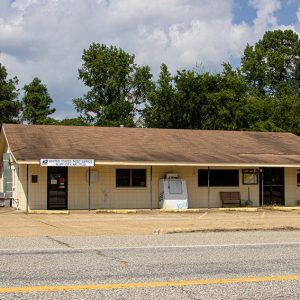 Bluff City Post Office
Bluff City Post Office
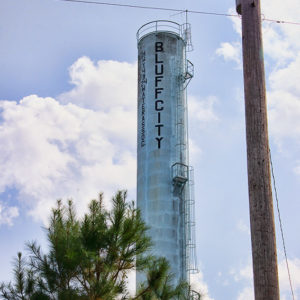 Bluff City Water Tower
Bluff City Water Tower
 Bodcaw
Bodcaw
Bodcaw (Nevada County)
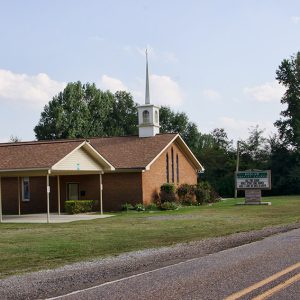 Bodcaw Baptist Church
Bodcaw Baptist Church
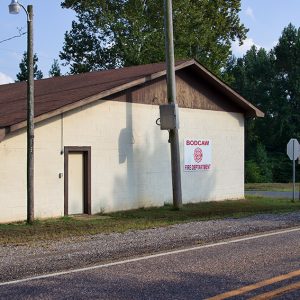 Bodcaw Fire Department
Bodcaw Fire Department
 Bodcaw Street Scene
Bodcaw Street Scene
Boughton (Nevada County)
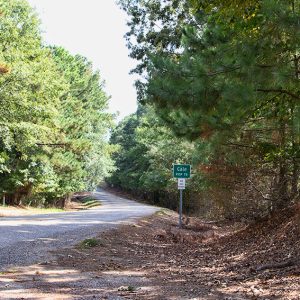 Cale
Cale
Cale (Nevada County)
 Cale Fire Department
Cale Fire Department
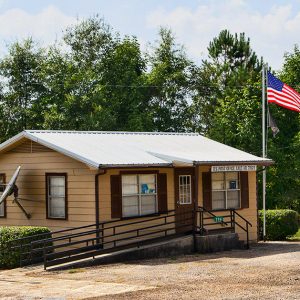 Cale Post Office
Cale Post Office
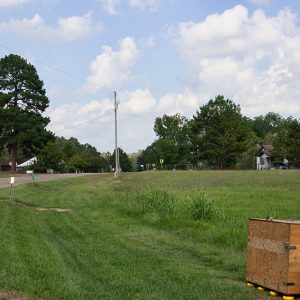 Cale Street Scene
Cale Street Scene
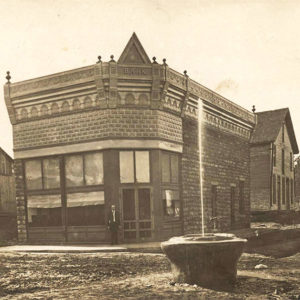 Cane Hill Bank
Cane Hill Bank
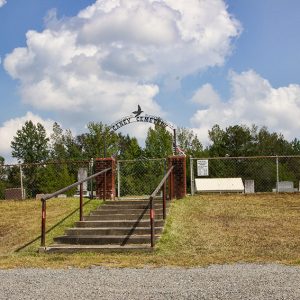 Caney Cemetery
Caney Cemetery
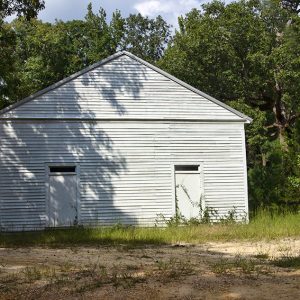 Carolina Methodist Church
Carolina Methodist Church
 Ebenezer Cemetery
Ebenezer Cemetery
Emmet (Nevada and Hempstead Counties)
Falcon (Nevada County)
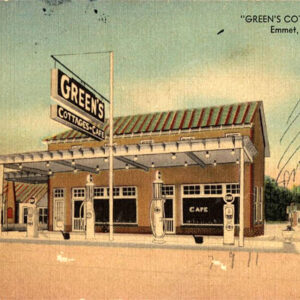 Green's Cottages and Cafe
Green's Cottages and Cafe
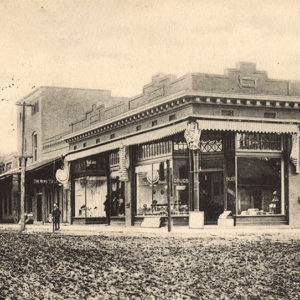 Hesterly Drug
Hesterly Drug
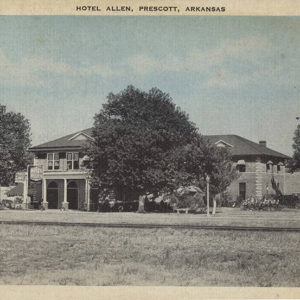 Hotel Allen
Hotel Allen
Laneburg (Nevada County)
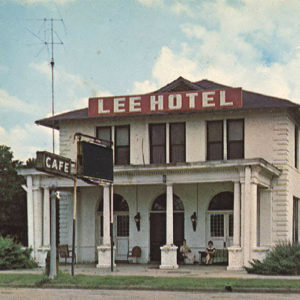 Lee Hotel
Lee Hotel
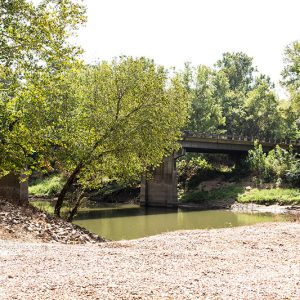 Little Missouri River Access
Little Missouri River Access
Mount Moriah (Nevada County)
 Mount Zion Baptist Church
Mount Zion Baptist Church
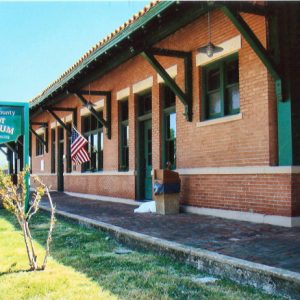 Nevada County Depot and Museum
Nevada County Depot and Museum
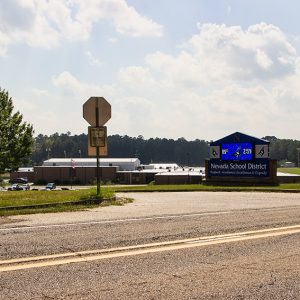 Nevada School District
Nevada School District
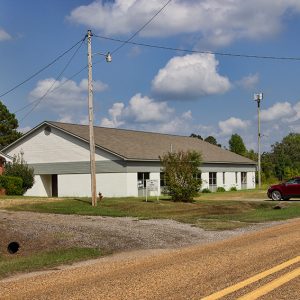 New Bethel AME Church
New Bethel AME Church
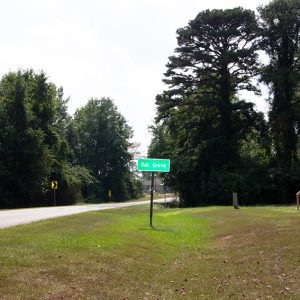 Oak Grove
Oak Grove
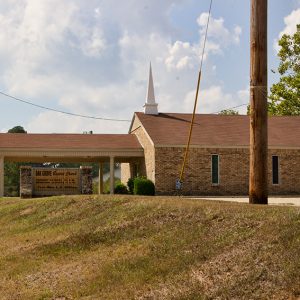 Oak Grove Baptist Church
Oak Grove Baptist Church
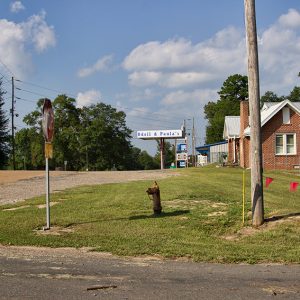 Odell & Paula's Food Center
Odell & Paula's Food Center
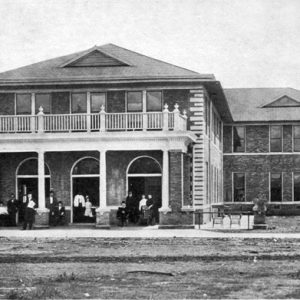 Park Hotel
Park Hotel
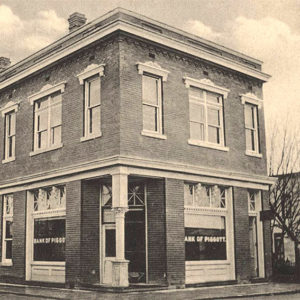 Piggott Bank
Piggott Bank
Prescott (Nevada County)
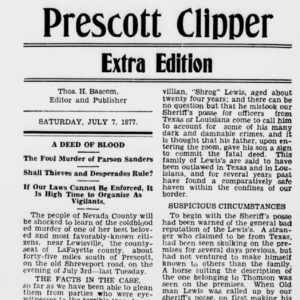 Prescott Clipper
Prescott Clipper
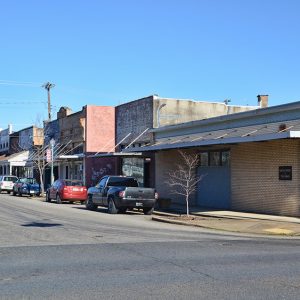 Prescott Commercial Historic District
Prescott Commercial Historic District
 Prescott Commercial Historic District
Prescott Commercial Historic District
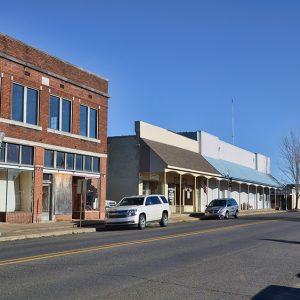 Prescott Commercial Historic District
Prescott Commercial Historic District
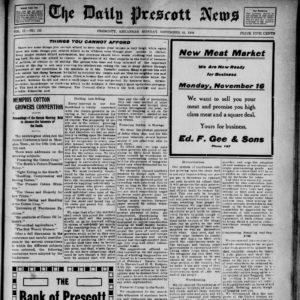 Prescott Daily News
Prescott Daily News
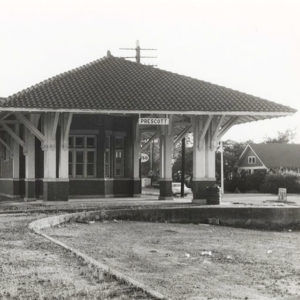 Prescott Depot
Prescott Depot




